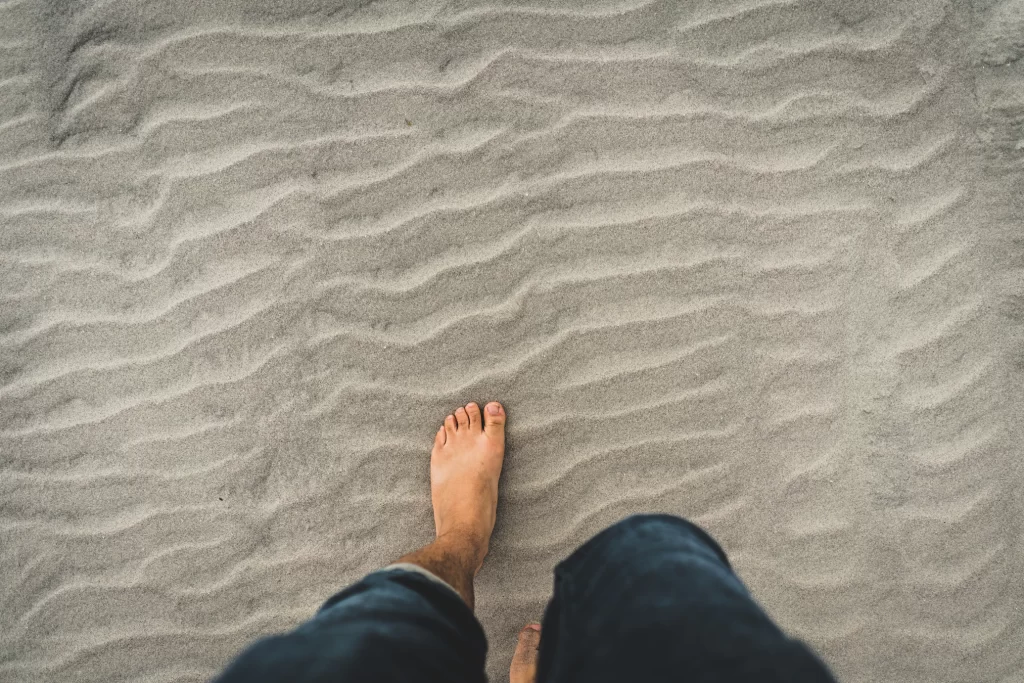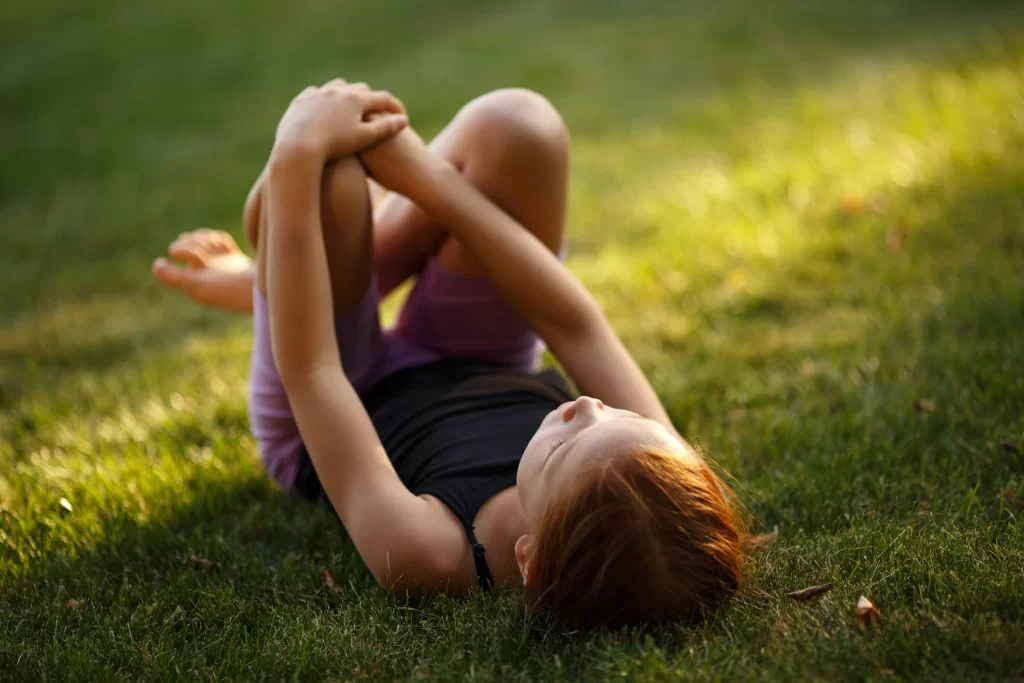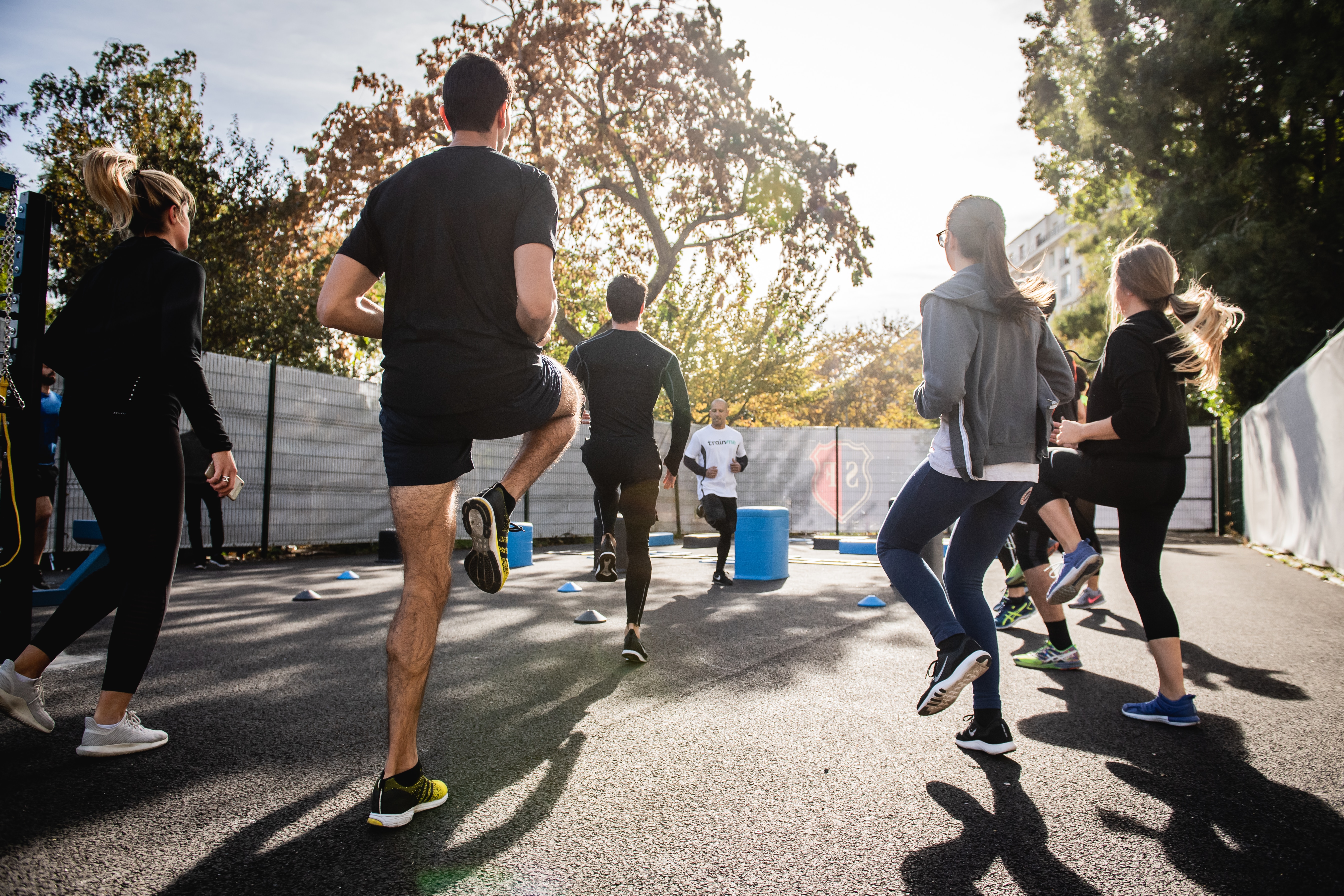What is Spiritual Grounding &
Can It Really Improve Your Health?
In the fast-paced and chaotic world we live in, it is no surprise that many people find themselves feeling disconnected, overwhelmed, and anxious. The concept of spiritual grounding has emerged as a powerful tool to help individuals find balance, peace, and improved health. In this blog, we will explore what spiritual grounding is, its benefits, various grounding techniques, and how it can specifically benefit those dealing with PTSD and anxiety. Let’s dive in!
What is Spiritual Grounding?
Spiritual grounding, also known as earthing or grounding, is the practice of connecting with the Earth’s energy to rebalance our own energy. It involves reconnecting with nature to find a sense of stability, centering, and calmness. Many people believe that grounding allows us to release negative energy and receive positive, healing energy from the Earth, which can lead to improved physical, emotional, and mental health.
The scientific basis of grounding lies in the Earth’s natural electric charge, which is abundant on its surface. By making direct skin contact with the Earth, either through walking barefoot or using grounding products, our bodies can absorb negatively-charged electrons, which have been linked to various health benefits.This practice can help you let go of anxieties about the past or the future, and instead, focus on being fully aware of the present.
What is Grounding in Therapy?
In therapy, grounding is a technique often used to help individuals who struggle with anxiety, trauma, or dissociation. Grounding exercises help bring a person back to the present moment when they are experiencing distressing emotions or memories from the past. Therapists may use techniques like focusing on the physical senses or engaging in specific activities to anchor the person in reality and create a sense of safety.
How Do You Feel When You Are Not Grounded?
When a person is not grounded, they may feel disconnected from oneself or the surroundings, distracted or unfocused ,anxious, restless, overwhelmed, stressed, fearful, insecure, or unsafe, foggy, forgetful, drained, tired, affecting overall well-being and productivity.
How Does Grounding Work?
Grounding works by allowing our bodies to absorb the Earth’s electrons, which are negatively charged. These electrons act as antioxidants, neutralizing harmful free radicals and reducing inflammation in the body. Research suggests that grounding may improve sleep, reduce stress, alleviate pain, and support overall immune system function.
What are various Grounding Techniques?
1. Grounding with Meditation:
Meditation is a practice of focusing the mind on a single object, thought, sound, or sensation. It can help us cultivate awareness, reduce stress, and promote clarity, and induce relaxation. Meditation can also help us ground ourselves by bringing our attention to our breath, body, or surroundings.
Some common types of meditation are mindfulness meditation, loving-kindness meditation, mantra meditation, and guided meditation
2. Grounding with Conscious Breathing:
Conscious breathing is another simple but effective way to ground yourself. When you focus on your breath, you are essentially bringing your attention back to the present moment. This can help to slow down your thoughts and to reduce anxiety. This help us ground ourselves by connecting us to our life force energy (prana).
There are many different ways to practice conscious breathing such as alternate nostril breathing, box breathing, or 4-7-8 breathing, or by following a breathwork session.
3. Grounding by Walking Barefoot:
Walking barefoot is a great way to ground yourself because it allows you to connect with the earth’s energy. When you walk barefoot, you are creating a direct pathway between your body and the earth. This stimulates the nerve endings in our feet, which can enhance our coordination and sensory perception resulting in improved circulation, reduced stress, and increased sense of well-being.
We can walk barefoot in a safe and clean outdoor area for at least 10 minutes a day.


4. Grounding by Spending Time in Nature:
Spending time in nature is another great way to ground yourself. When you are in nature, you are surrounded by natural elements, such as trees, plants, and water. It can help us boost our mood, creativity, memory, and immune system. Spending time in nature can also help us ground ourselves by exposing us to fresh air, sunlight, plants, animals, and natural sounds and smells.
Just go for a walk, hike, picnic, camping, or birdwatching, or by simply sitting or lying down and observing what we see, hear, feel, and smell.
5. Grounding with Grounding Crystals:
Grounding crystals are a type of crystal that is said to help you to connect with the earth’s energy.
Some popular grounding crystals include black tourmaline, hematite, and grounding amethyst. You can wear grounding crystals as jewelry, carry them in your pocket, or place them around your home.
6. Grounding by Act of Service / Charity:
Act of service is a practice of doing something good for someone else without expecting anything in return. It can help us cultivate gratitude, generosity and boost self-esteem. Act of service can also help us ground ourselves by reminding us of our values, and interconnection with others.
We can serve by volunteering for a cause we care about, donating to a charity we support, helping a friend or neighbor in need, or performing random acts of kindness or sending a thank-you note.


7. Grounding by Dancing and Exercising:
Dancing and exercising can also help us ground ourselves by releasing endorphins (the feel-good hormones), increasing blood flow and oxygen to the brain and muscles, and expressing our emotions and creativity. These activities also help us to improve our physical fitness, mental health, and self-esteem. Endorphins are hormones that have mood-boosting effects. If you are feeling stressed or anxious, dancing or exercising can be a great way to relax and to feel more grounded.
8. Grounding by taking Salt Water Bath:
Salt water bath is a practice of soaking our body in water mixed with salt (such as sea salt, Epsom salt, or Himalayan salt). It can help us detoxify our skin, relax our muscles, reduce stress, pain and inflammation, balance our pH levels and boost our immune system.
Salt water bath can also help us ground ourselves by cleansing our aura (the energy field that surrounds our body), clearing our chakras (the energy centers that regulate our physical, mental, emotional, and spiritual health), and restoring our harmony with the Earth’s energy.
We can practice salt water bath by filling a bathtub with warm water and adding 1-2 cups of salt (or more depending on the size of the tub), soaking for 20-30 minutes (or longer if desired), and rinsing off with fresh water afterwards.
9. Grounding by taking Bath under Waterfalls and in Natural Geysers
Taking bath under waterfalls and in natural geysers is one of the best ways to ground yourself as that can connect you with nature (Earth) and its healing powers. The sound of the water crashing down from a waterfall can help to drown out distractions and bring you into the present moment.
Geysers are natural sources of water that are heated by the earth’s geothermal energy and often contain minerals and salts that can benefit your skin, muscles, and joints. This also stimulates your blood circulation, oxygenates your cells, and releases endorphins that make you feel happy and relaxed.
What are the Benefits of Grounding?
Grounding offers numerous benefits that contribute to overall well-being:
a. Reduced Stress and Anxiety: Grounding helps regulate cortisol levels, the stress hormone, leading to reduced anxiety and increased relaxation.
b. Improved Sleep Quality: By reducing stress and promoting relaxation, grounding can lead to better sleep patterns and improved sleep quality.
c. Enhanced Mood: Grounding has been associated with an increase in positive emotions and a reduction in feelings of depression.
d. Pain Relief: Some studies suggest that grounding may help alleviate chronic pain and inflammation.
e. Better Immune Function: The antioxidant effect of grounding may support the immune system, helping the body fight off illnesses more effectively.
f. Increased Energy: Grounding can boost energy levels and vitality, making individuals feel more alive and rejuvenated.
g. Clarity of Mind: By promoting mindfulness and being present, grounding enhances mental clarity and focus.
h. Accelerated Healing: Grounding is believed to facilitate healing processes in the body, both physically and emotionally.
FAQs
How Can Grounding Benefit PTSD and Anxiety?
Grounding can be a very effective way to manage PTSD and anxiety. When you are grounded, you are more likely to feel present and in control of your thoughts and emotions. This can help to reduce the symptoms of PTSD and anxiety, such as flashbacks, nightmares, and panic attacks.
How Often Should You Ground Yourself &
How Long Should You Ground Yourself?
There is no one-size-fits-all answer to this question, as the amount of grounding you need will vary depending on your individual needs. The key is to listen to your body and incorporate grounding into your routine whenever you feel the need to recenter and find balance. If you are feeling particularly stressed or anxious, you may want to ground yourself more often.
Regarding the duration of grounding sessions, even a few minutes can be effective in providing benefits. Ideally, spending at least 10-30 minutes grounding yourself can yield noticeable improvements in mood and overall well-being.
How Does Grounding Work for Anxiety?
Grounding works for anxiety by helping to bring you back into the present moment. Engaging in grounding techniques shifts the focus away from anxious thoughts and sensations, bringing attention to the present moment. The Earth’s energy, absorbed during grounding, can help regulate cortisol levels and reduce the physiological effects of stress on the body. Over time, regular grounding may lead to reduced anxiety and make you feel more calm and grounded.
Does Grounding Work Through Clothing and Footwear?
Grounding through clothing and footwear is less effective than direct skin contact with the Earth’s surface. However, it is important to choose clothing and footwear that are made from natural materials, such as cotton, wool, or leather. Synthetic materials can interfere with the flow of energy, so it is best to avoid all of them if you are trying to ground yourself and connect with the Earth’s energy
Does Grounding Occur When You Walk on Ceramic Tile Floor?
Ceramic tile floors, being non-conductive, do not allow flow of energy and grounding to occur naturally. If you have a grounding mat or sheet connected to the Earth, walking on the tile floor can facilitate grounding. However, it is not as effective as grounding on bare ground or on natural materials such as grass or dirt.
Spiritual grounding offers a simple yet powerful way to improve our health and well-being by reconnecting with the Earth’s energy. Whether it’s through walking barefoot on the grass, engaging in acts of service, or meditating, grounding techniques can help us find peace amidst the chaos of daily life. If you are feeling stressed, anxious, or overwhelmed, grounding can be a great way to bring yourself back to the present moment and feel more centered and grounded. Find a technique that works for you and incorporate it into your daily routine. You may be surprised at how much it can help.
